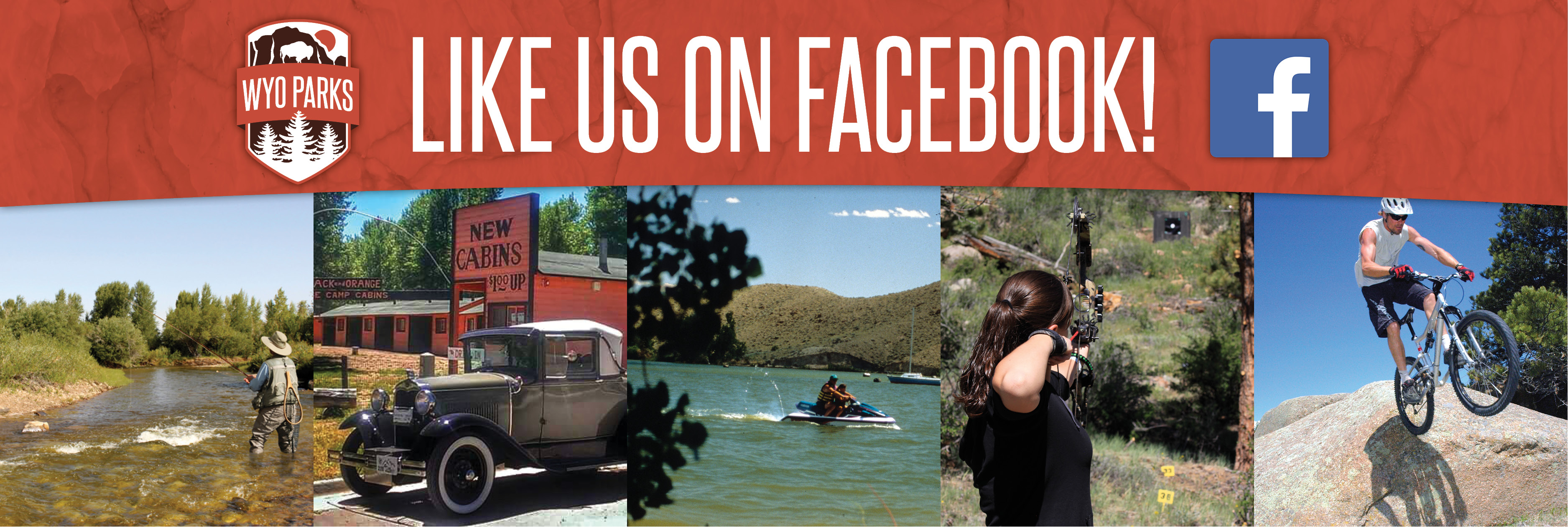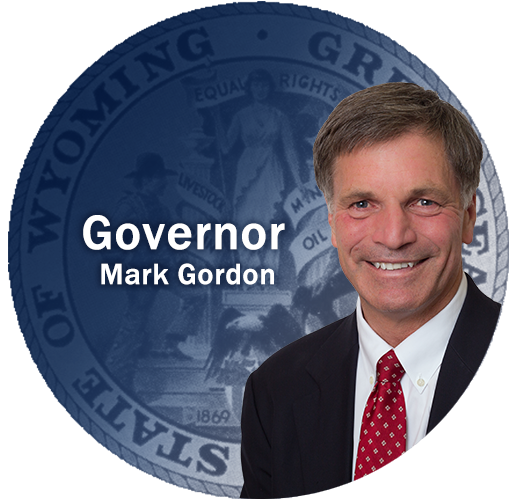
ORV F.A.Qs - Trails
What laws and regulations apply to the use of ORV’s in state parks?
All laws and regulations that apply to other motor vehicles also apply to ORVs using park roadways. Speeding, driving while under the influence, reckless driving and failure to obey traffic signs are all rules that apply when operating an ORV. Additionally, most ORVs are not intended to be operated while carrying passengers, unless there is a second seat specifically provided on the vehicle for them.
What kinds of enforcement actions can State Parks staff take if an ORV rider is not operating the ORV in an acceptable manner?
Because we are just beginning this ORV program, we anticipate there will be many questions about where and how ORVs can be ridden. We expect that our rangers will be very tolerant of innocent errors. However, when riders ignore previous warnings, when ORVs are being ridden off established roads or trails, when serious damage to the resource is occurring, or when other visitors are endangered, our rangers have the authority to: 1) require the ORV be parked, 2) the rider may be asked to leave the park, or 3) a citation may be issued, as appropriate. Also, in all cases, the ORV must display some type of Wyoming permit or license, so the operator will be instructed to purchase the required permit.
Are there other places where I can ride an ORV?
The State Trails Program is actively working with other state and federal land management agencies to designate ORV roads, trails and open riding areas. Please contact local Forest Service and BLM offices for information regarding roads, trails and areas designated open for ORV use. Park staff may also have information about ORV roads and trails in the vicinity of their state park.
The Wyoming ORV Program is administered by the Wyoming Trails Program, which is in the Division of State Parks and Historic Sites, the Department of State Parks and Cultural Resources.
What permit do I need to drive my off-road vehicle (ORV) in State Parks in Wyoming?
You will need either the $15 state ORV permit or the ORV must be licensed and street legal. ORV permits are available at most state parks and at many local sporting goods stores or ORV dealers. The ORV permits are good for one calendar year and must be affixed to the ORV. You are also required to pay any applicable day use and camping fees for each ORV driven into the park. ORV's that stay on a trailer do not have to pay fees, however if they come off the trailer for use in the park, payment of day use and camping fees are required.
Do I need a driver’s license to operate an ORV in a state park?
Yes, since most of the areas within state parks open to ORV use are also roadways, the operator must have a valid driver’s license or permit to operate on those roadways. Generally, this means operators must be at least 16 years of age. However, youth with a learner’s permit (14 or 15 years of age, depending upon state of residency) may also operate an ORV on these park roadways if they possess some type of operator’s permit.
Is my ORV permit from another state valid in Wyoming?
No, Wyoming law requires that ALL off-road vehicles display a Wyoming permit.
Where can I drive my ORV in Wyoming State Parks?
You can drive an ORV on most roads and trails in our parks, but not necessarily on county or state maintained roads that pass through some state parks. As we develop the ORV program, we will mark the specific roads and trails that are open to ORVs. We will post maps or provide other written information at each park defining which roads and trails are open to ORV use and which are closed. Unless the state Department of Transportation or county governments designate their roads as ORV trails, an ORV must display a motorcycle license plate to operate upon state highways and county roads.
If it’s called an off-road vehicle, why can’t I drive it off the road?
While both state and federal laws classify these recreational vehicles as “off-road” or “off-highway”, they are typically restricted to established roads and trails on nearly all public lands. This restriction is necessary in order to protect the natural resources as well as to protect other visitors. As the new ORV Trails Program grows, we hope to identify and develop a few open riding areas in some state parks where this “open” off-road use would be appropriate and not damage natural resources and disturb other visitors.
Can I ride my ORV on the lake bottom when the water drops?
If the park allows other types of vehicles to access the shoreline to camp in specific areas, then ORVs will also have the same ingress and egress privileges. In a very few cases, the park superintendent may be able to designate certain lake bottom and shore areas as open for ORV use and these areas will be marked on maps as “open areas”. However, check with park staff to be certain the shore or lake bottom area has been officially opened to ORV use before you ride there.
What kinds of activities can I participate in with my ORV?
Hikers, horseback riders, bicyclists and regular motor vehicles as well as ORV’s all use our state park roads and trails. ORV’s are considered a valid form of transportation to allow our guests to travel between restrooms, boat docks, camps and other facilities. However, at this time we do not have single use trails dedicated to the recreational use of ORVs. Racing up and down the roads and trails is not a permitted activity, nor is any activity that damages the roads, trails or natural resources, stirs up excessive dust or disturbs or endangers other visitors.
ORV
More Information





























































